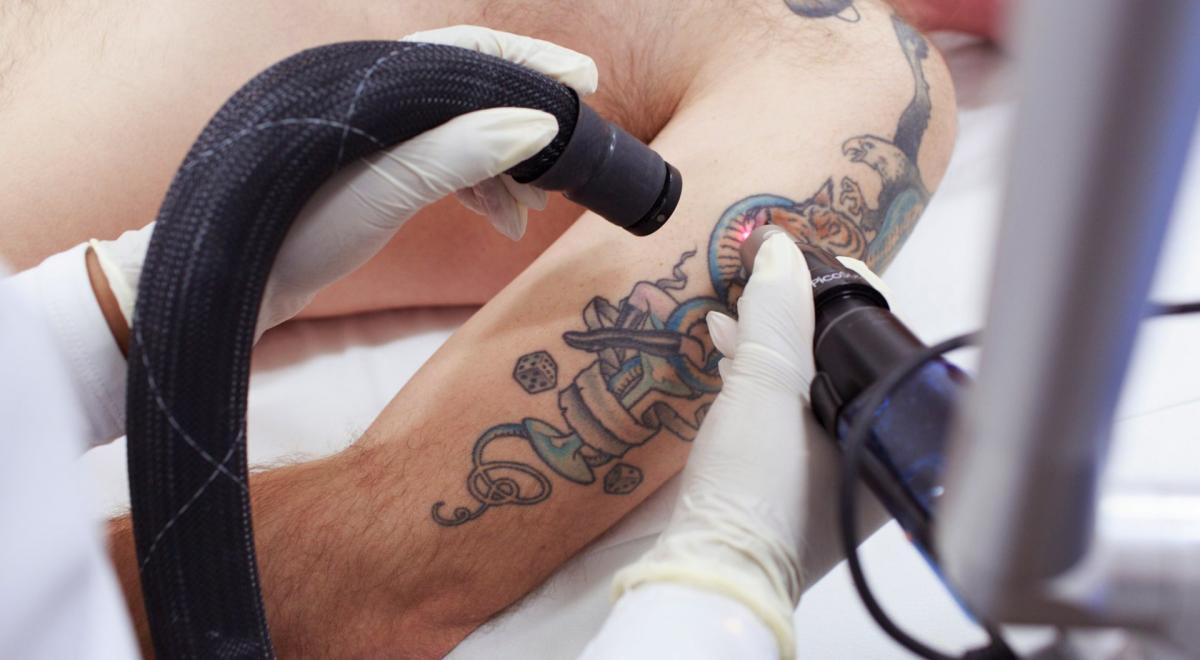How Does Laser Tattoo Removal Work?
Tattoos can be a beautiful form of self-expression, but as time goes on, some people wish to erase the ink that once meant something special. Whether it’s a design that no longer fits your personality or a spontaneous decision you’ve come to regret, Laser Tattoo Removal in Dubai offers a safe and effective way to start fresh. Thanks to modern technology, removing unwanted tattoos is no longer a painful, unreliable process—it’s now a scientifically advanced procedure with impressive results.
Understanding the Science Behind Laser Tattoo Removal
Before diving into the process, it’s important to understand how laser tattoo removal actually works. When a tattoo is created, ink particles are injected deep into the skin’s dermal layer. These particles are too large for the body’s natural immune system to remove on its own, which is why tattoos are permanent.
Laser tattoo removal uses high-intensity light beams to break these ink particles into smaller fragments. Each laser pulse specifically targets the pigment without damaging the surrounding skin. Over time, the body’s lymphatic system naturally flushes out these tiny particles, gradually fading the tattoo with each session.

The Step-by-Step Process of Laser Tattoo
1. The Initial Assessment
Before the treatment begins, the tattoo is evaluated based on factors such as color, size, age, and depth of the ink. These aspects determine how many sessions will be needed. Darker inks, such as black and blue, often respond more quickly to laser treatment, while lighter shades like yellow and green may take additional sessions to fade completely.
2. Laser Energy Application
During the session, a handheld laser device emits short bursts of light energy onto the tattooed area. This energy passes through the skin and is absorbed by the tattoo pigment. The laser causes the ink particles to heat up and shatter into microscopic fragments without harming the outer skin layer.
Different wavelengths are used for various ink colors. For example, a Q-switched laser or picosecond laser might be employed depending on the type and depth of pigment. This precision allows for effective treatment of multicolored tattoos.
3. The Body’s Natural Healing Process
After the ink particles are broken down, your immune system takes over. White blood cells work to remove the fragmented pigment through natural metabolic processes. This gradual clearing process continues for several weeks after each session, meaning results improve progressively over time.
What to Expect During and After the Procedure
The sensation during laser tattoo removal is often compared to the snap of a rubber band against the skin. While slightly uncomfortable, it’s typically well-tolerated. Some mild redness or swelling may appear post-session, but these side effects usually subside within a few days.
Aftercare plays a vital role in ensuring proper healing and optimal results. Keeping the area clean, protected from the sun, and following professional aftercare instructions helps prevent irritation and speeds up recovery.
Factors That Influence Tattoo Removal Results
Not all tattoos fade at the same rate. Several elements affect the success and duration of laser tattoo removal, including:
Tattoo Age: Older tattoos tend to fade faster because the ink has already begun to break down over time.
Ink Colors: As mentioned earlier, darker inks respond more efficiently to laser light than lighter shades.
Skin Type: Different skin tones react differently to laser wavelengths, influencing the number of sessions required.
Tattoo Depth and Density: Heavily inked or professionally done tattoos might need more sessions compared to lighter, amateur ones.
Consistency is key. Most individuals notice visible fading after just a few sessions, but complete removal may require multiple treatments spaced several weeks apart.
Modern Laser Technology: Precision and Safety
Advancements in laser technology have revolutionized tattoo removal. Today’s lasers can specifically target ink pigments without harming surrounding tissues, significantly reducing the risk of scarring or skin damage. Picosecond lasers, for example, deliver ultra-short pulses of energy that break down ink more efficiently than traditional nanosecond lasers, resulting in faster and more complete removal.
Safety is another major advantage. With proper professional supervision and modern equipment, the risk of infection or complications is minimal, making laser tattoo removal a trusted choice for those seeking to erase unwanted ink.
Why More People Are Choosing Laser Tattoo Removal Dubai
The demand for Laser Tattoo Removal Dubai continues to grow as more individuals look for safe, effective ways to clear unwanted tattoos. The city has become a hub for advanced aesthetic procedures, offering world-class technology and highly skilled professionals who specialize in laser treatments. Whether it’s a small symbol or a full sleeve, people are turning to laser tattoo removal for its proven ability to restore clear, natural-looking skin without invasive surgery.
Final Thoughts
Laser tattoo removal is more than just a cosmetic procedure—it’s an opportunity for renewal. With the help of modern laser technology, you can confidently move forward, free from ink that no longer represents who you are. If you’ve been thinking about erasing an old tattoo, this innovative treatment offers an effective path toward a clean slate and renewed self-confidence.